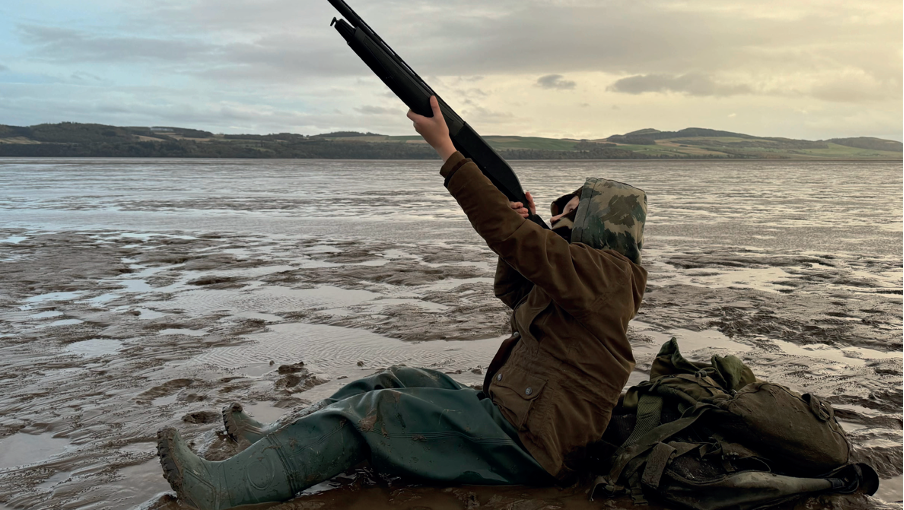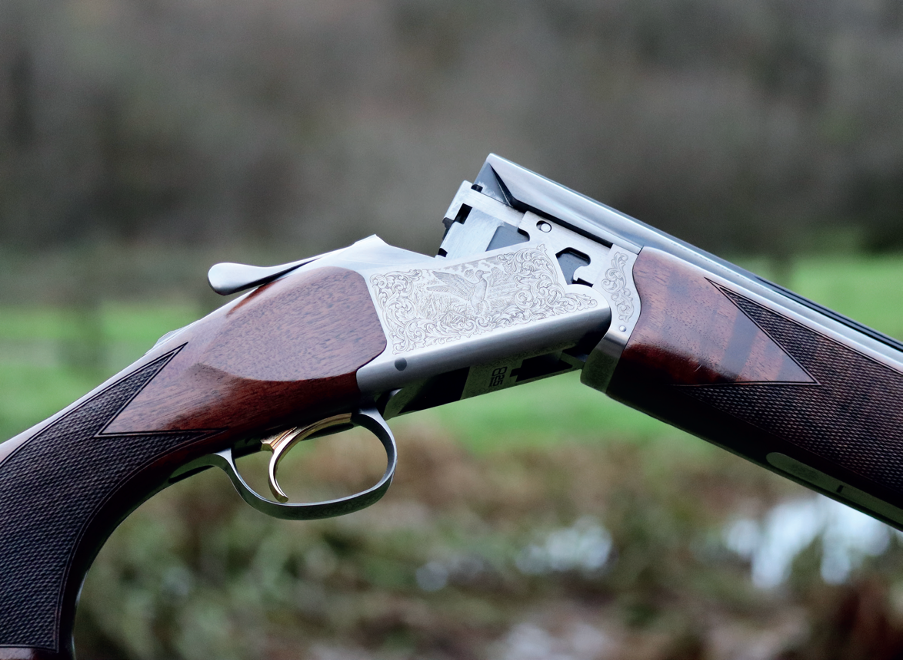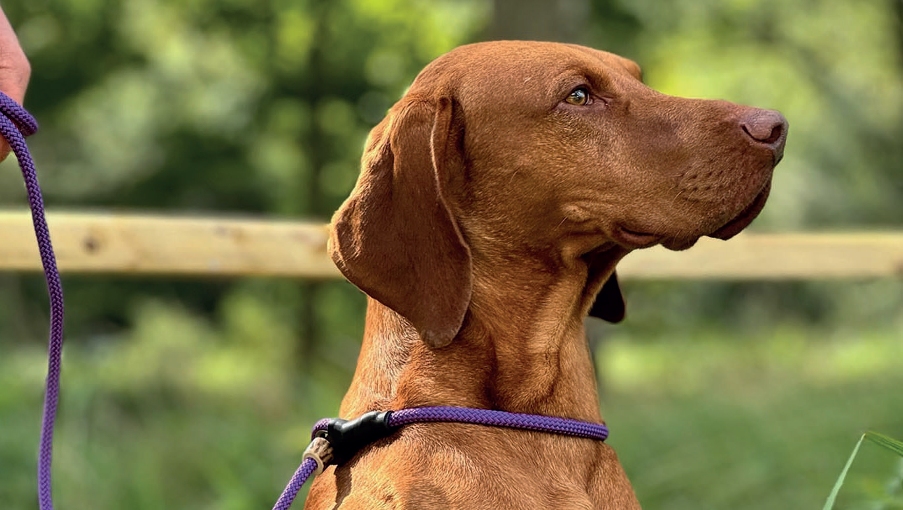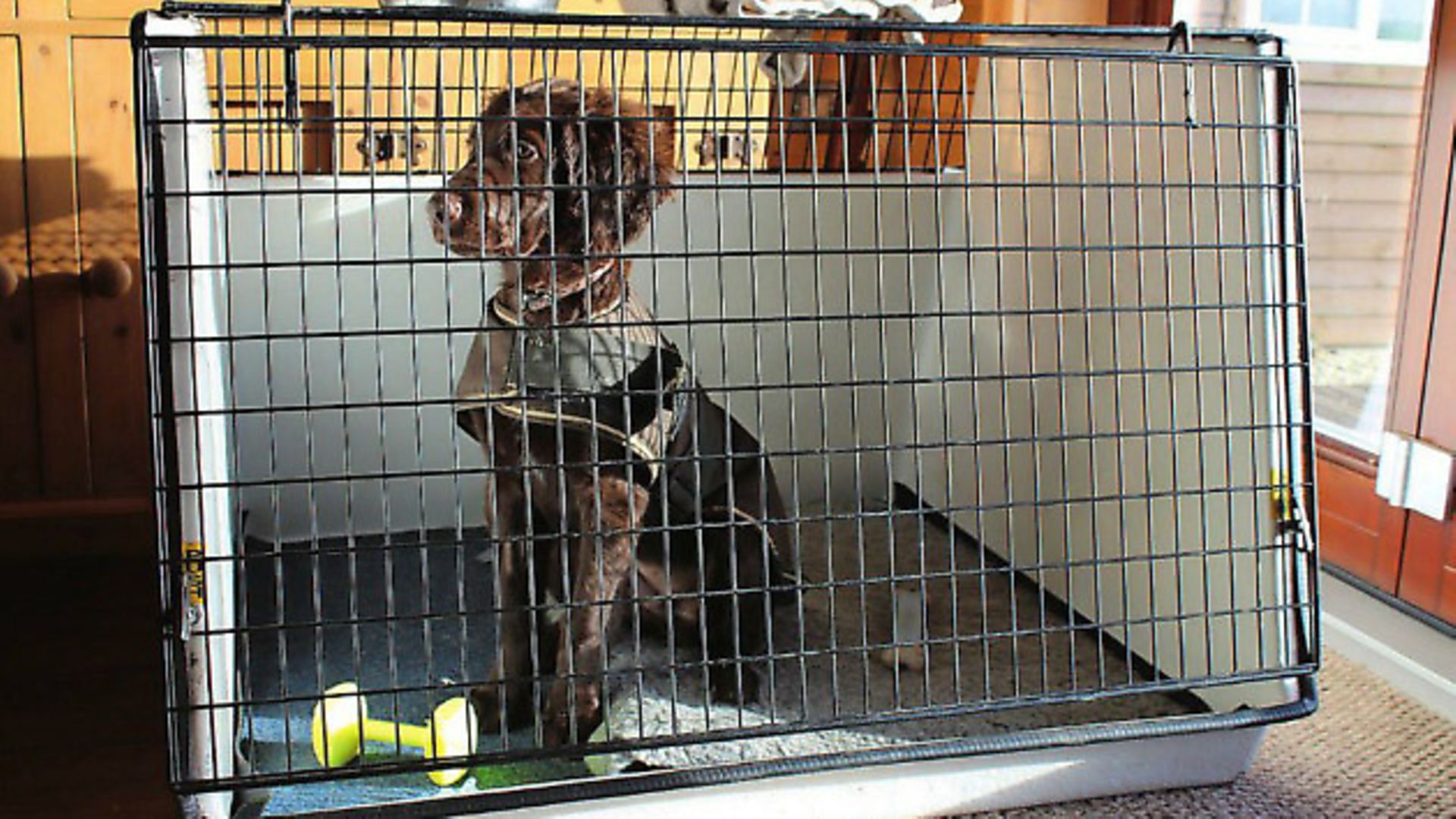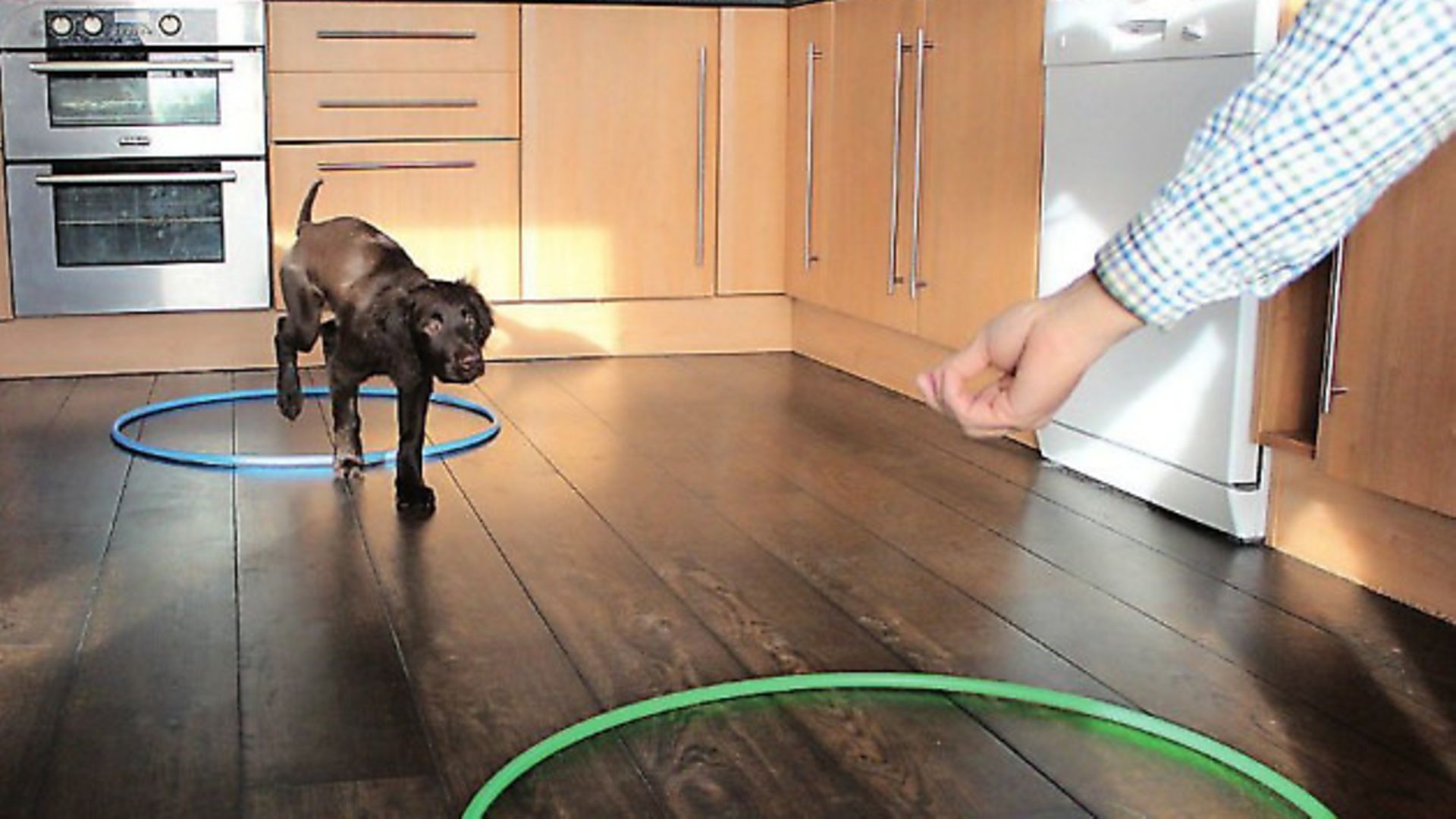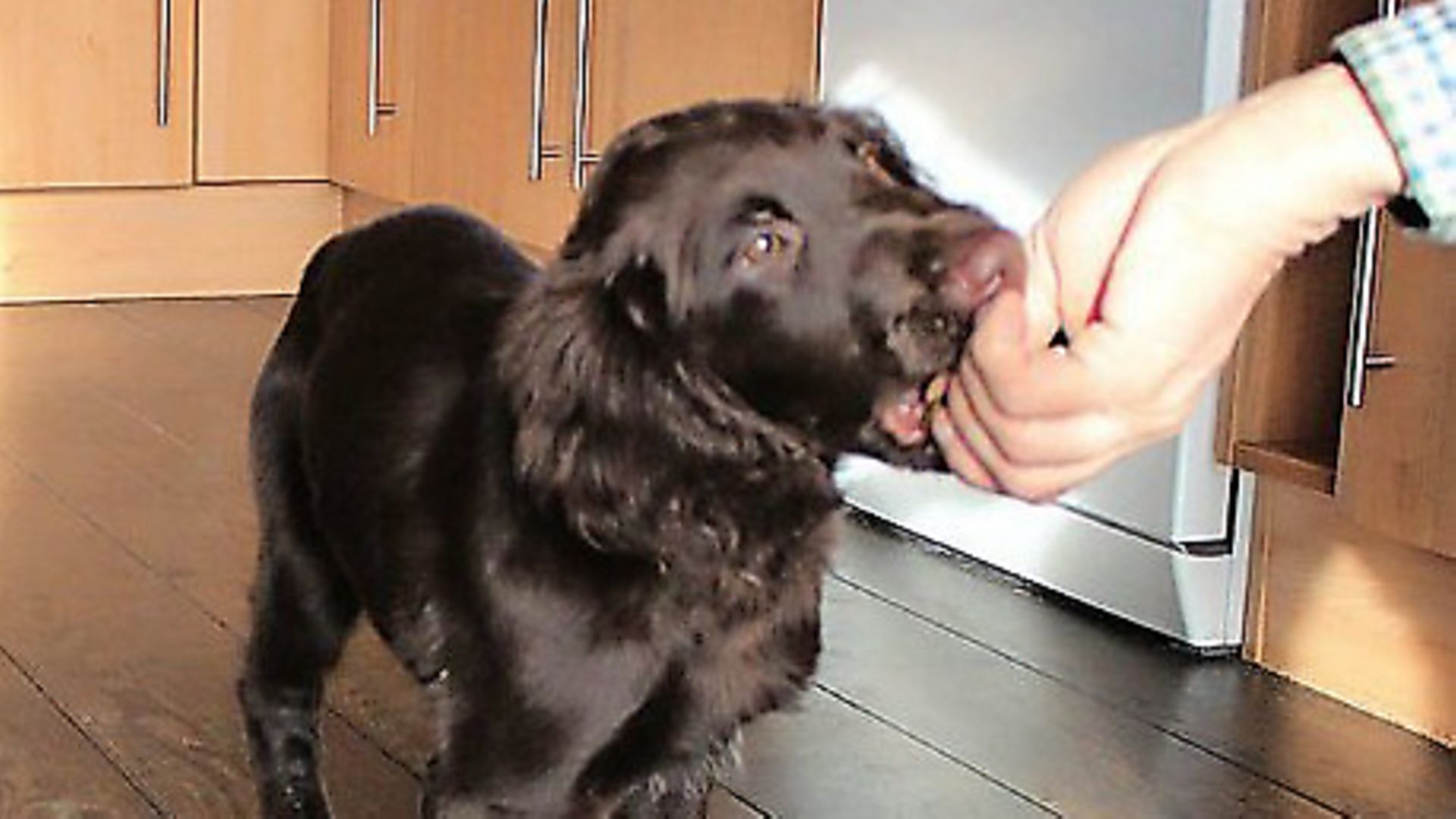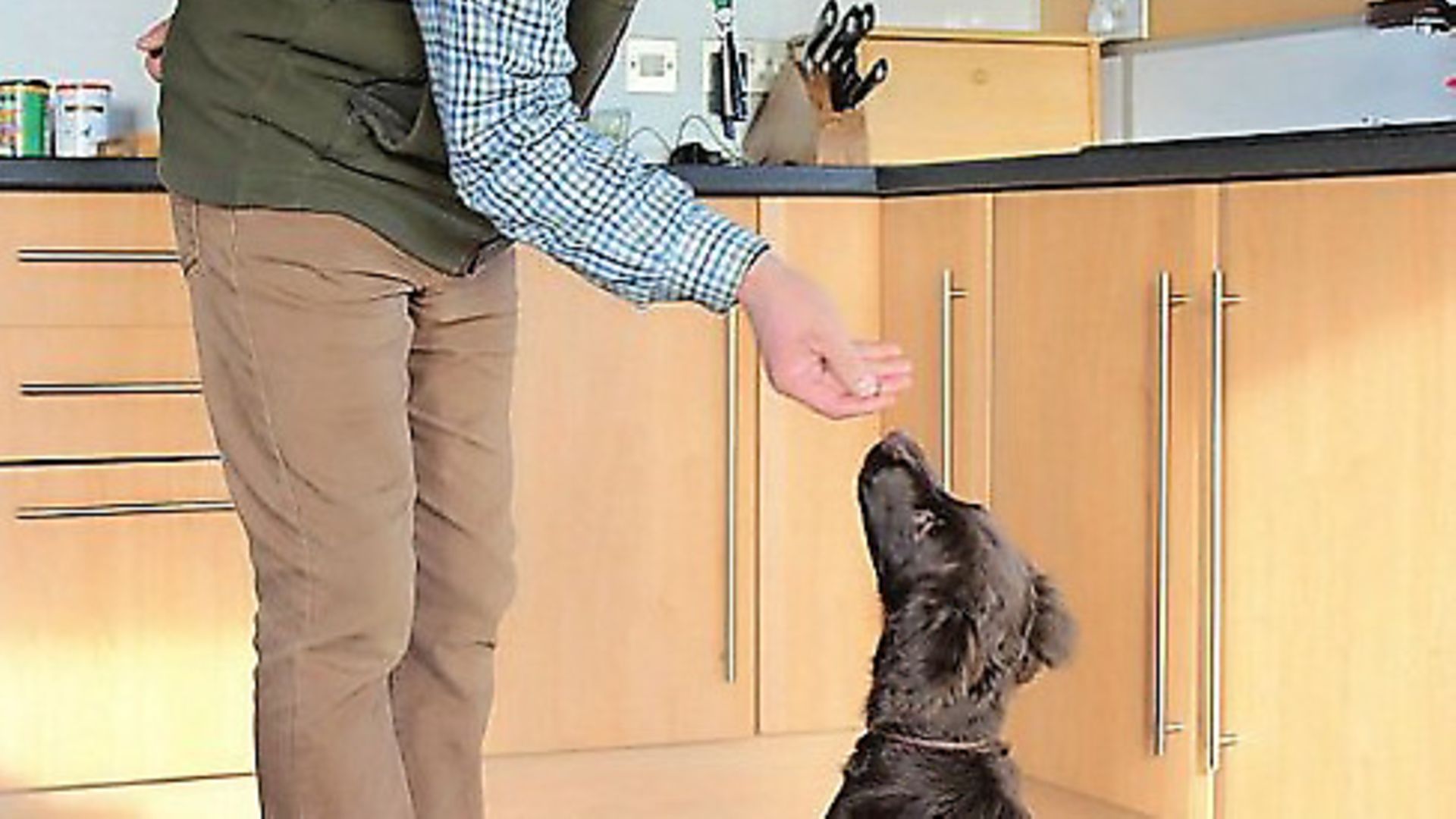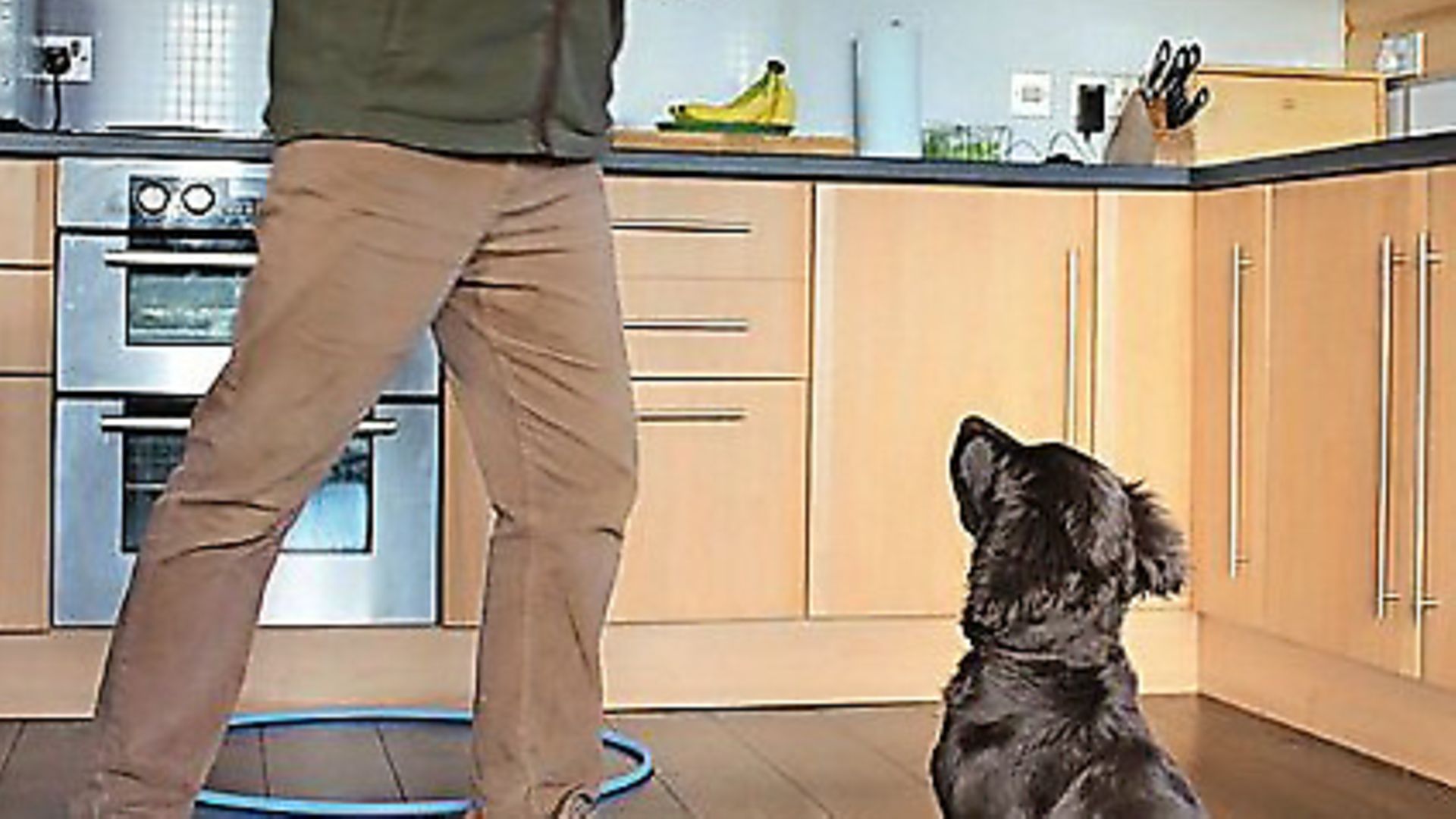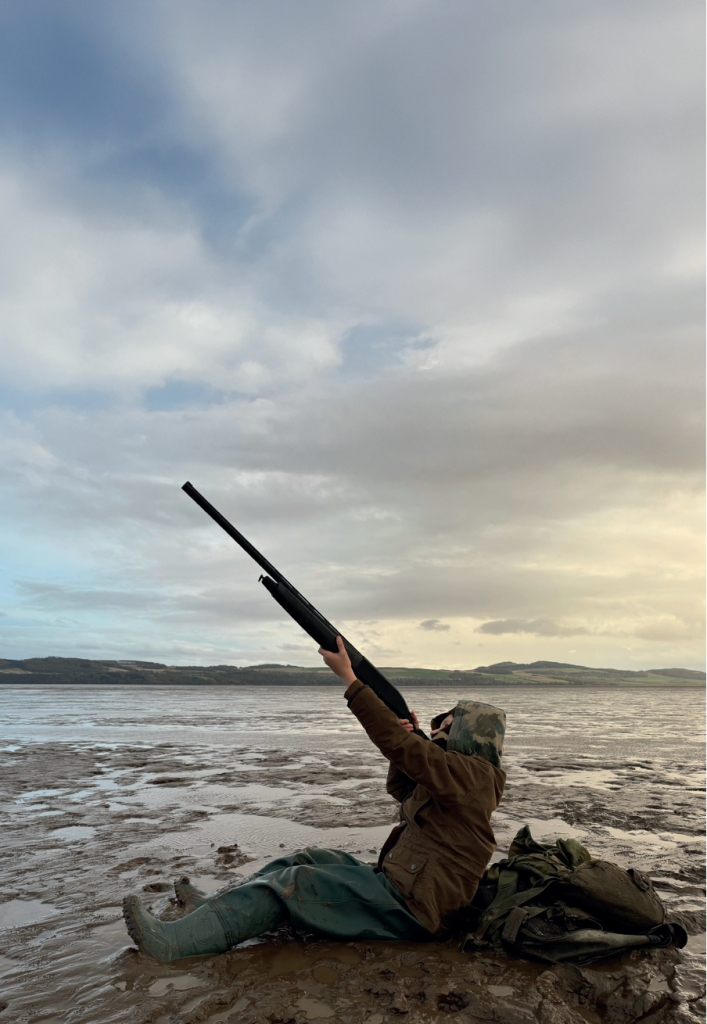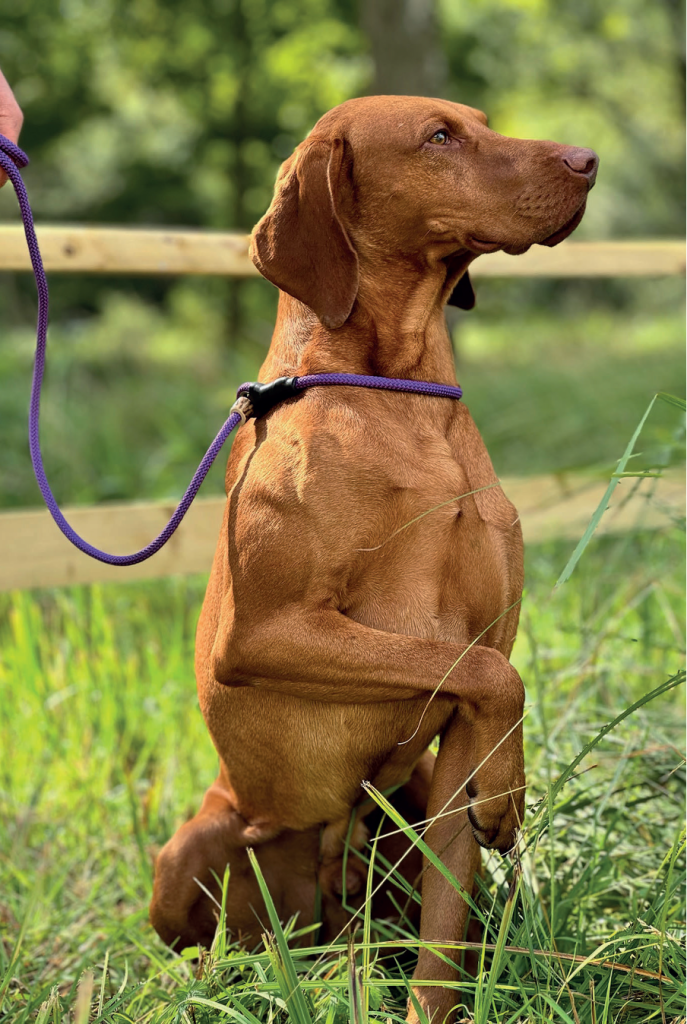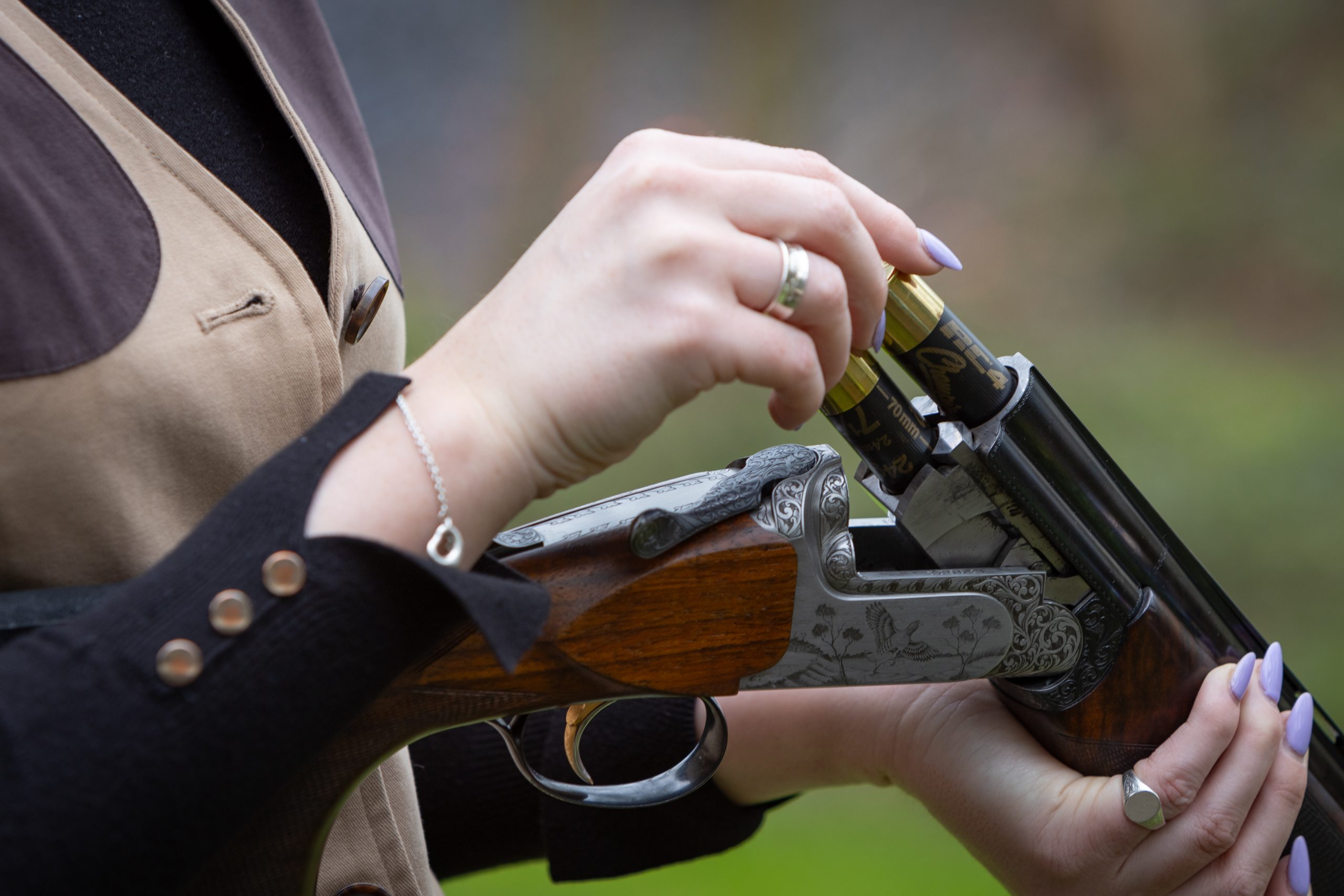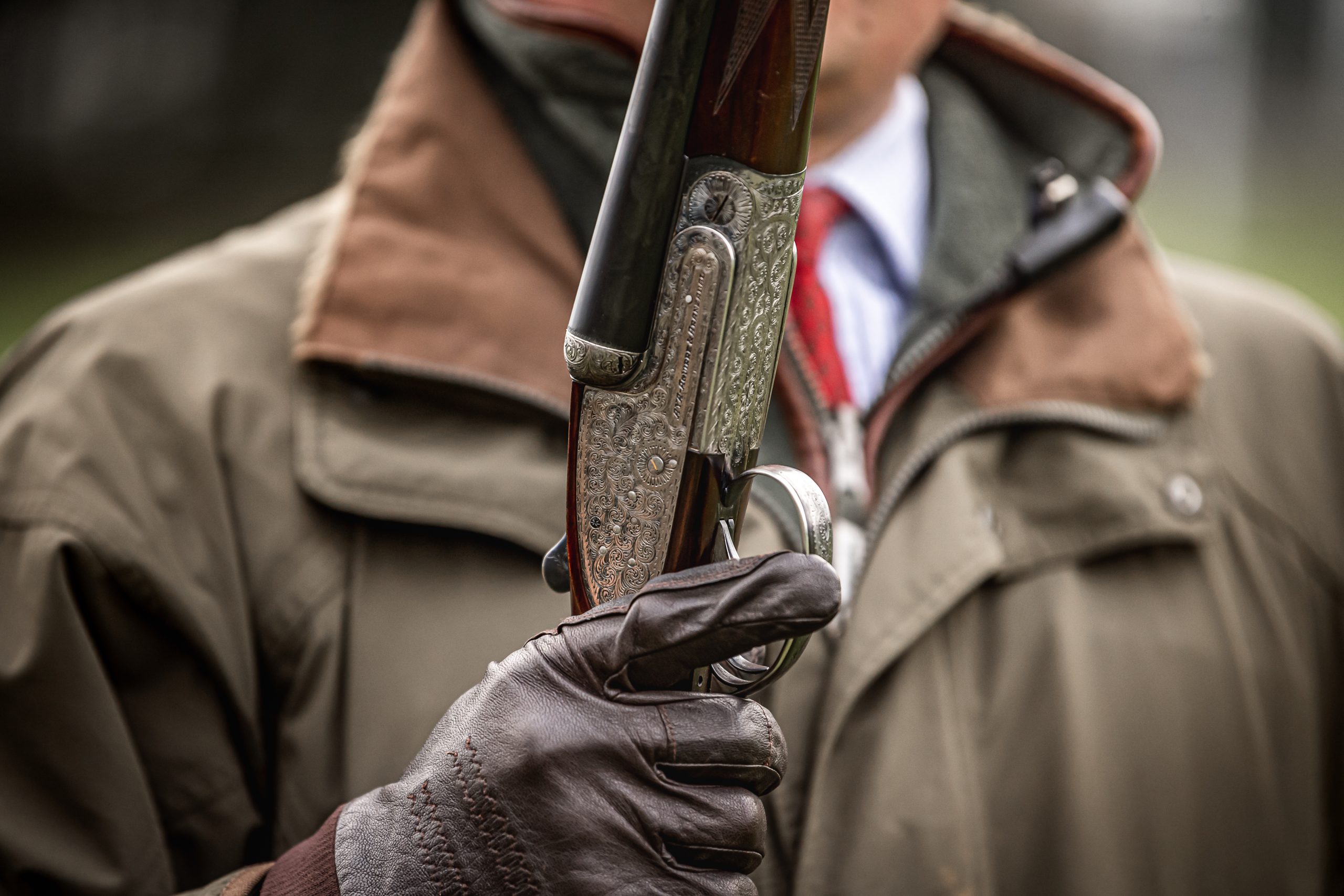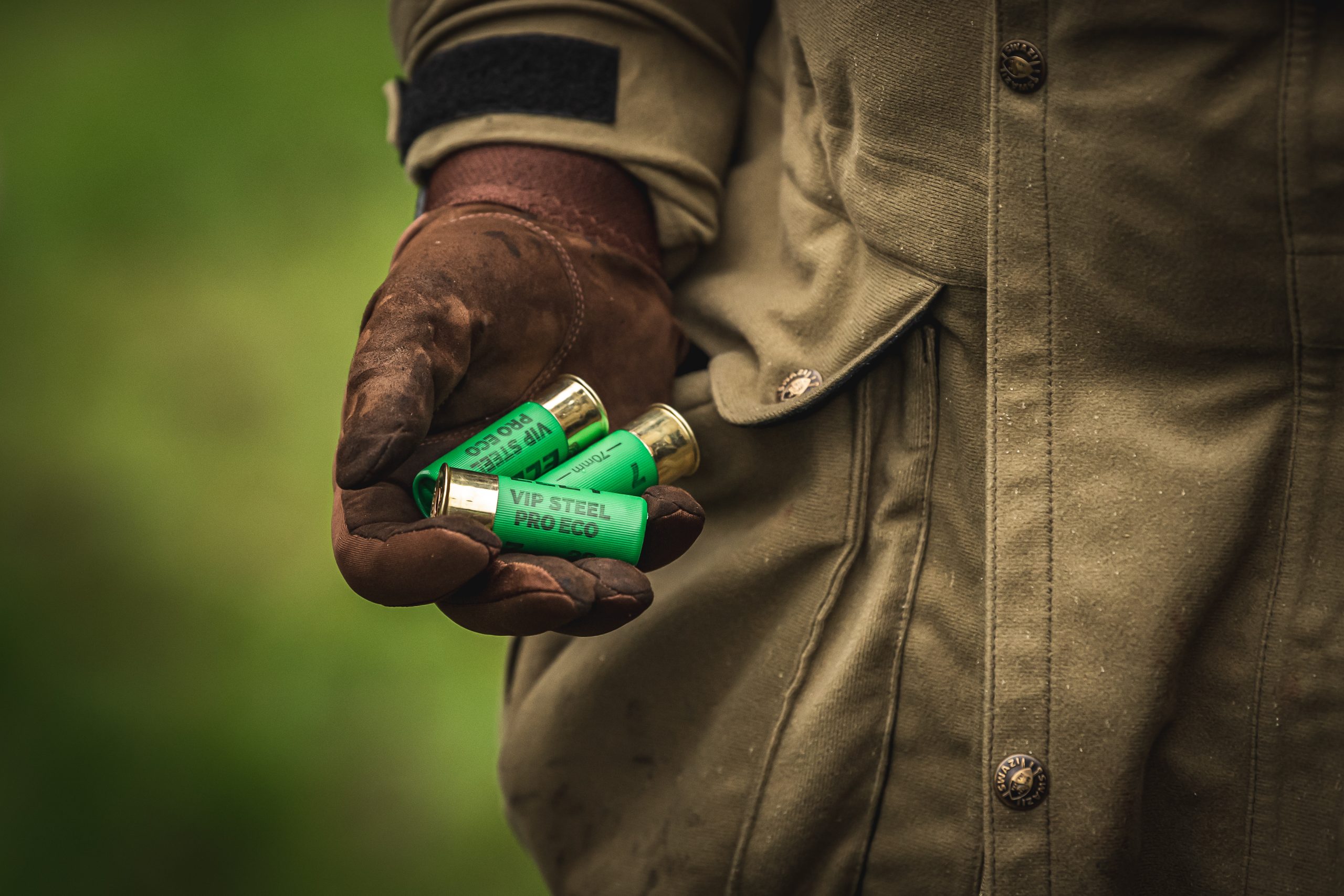Gundogs
Shooting
Gundog puppy: 5 indoor training exercises
Would you like to appear on our site? We offer sponsored articles and advertising to put you in front of our readers. Find out more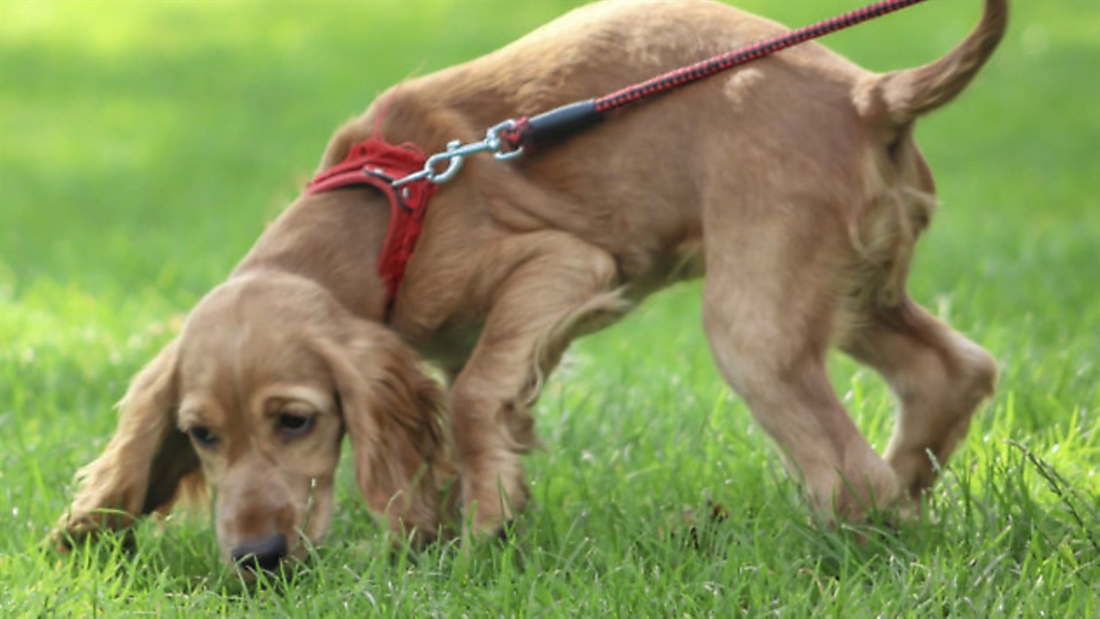
So many of the problem dog behaviours we occur on a daily basis are behaviours that with better puppy management can be avoided. But prevention really is better than cure – so just what can we do to prevent problem behaviours developing in young puppies?
Keep your puppy away from trouble
The use of a crate or play pen will enable you to leave the puppy for short periods of time and avoid putting him into situations that the excitable bundle of trouble is just not ready for. Meal times, meet and greet at the front door and access to small children are all ‘flashpoints’ that are best managed in those first few weeks by putting the puppy away until the moment has passed. This helps you to prevent problem behaviours building and becoming the norm. Professional trainers generally ‘run on’ young puppies with other litter mates and older members of the pack and tend to have kennels/puppy rooms.
Most gundogs in domestic situations are brought up indoors so it’s essential for owners to recognise the importance of keeping the puppy out of trouble. He will not sit alone at the front door whilst you excitably welcome family and friends. If your children are playing rough and tumble he will want to join in and inevitably he will use tooth and claw. This could damage your children, physically and possibly psychologically too. Your puppy is not ready to cope with this level of excitement yet. Over the next few months you are going to train your pup, partner and children to improve their self-control.
‘Working for a living’ training plan
When the pup is in his pen he needs to have interesting and safe things to chew on. As discussed in last week’s article, you will need to ensure you house train him with regular trips to the garden. The Mullenscote, ‘working for a living’ training plan is simple and straightforward. Use the puppy’s daily food allowance to teach him early and basic behaviours and you can use the training plan from the outset.
Training sessions will be short, sweet and with loads of rewards. They can be done in your kitchen and progress into the garden, and then the great outdoors as the puppy’s concentration and understanding develops. At Mullenscote, the use of training hoops helps develop dogs and handlers. With the correct input and supervision, this training can be done by young and old alike.
Use a training hoop
Regular indoor training sessions using the pup’s food can begin on day one. Put a piece of kibble between thumb and forefingers. Put the food in front of his nose and lure him towards you, gently stepping back into the hoop, keep the food on his nose otherwise he’ll loose it and get distracted. Gently lift the food hand over his head and as the little tyke sits, feed him – perfect, the fun begins. Repeat this up to 10 times then finish and walk away. This is just the beginning; we can quickly build this into come, sit, watch/focus and reward. If you’re proficient with the whistle use it softly, blow a series of light pips as the puppy moves towards you. As he sits give another very soft single pip. First-time users of a whistle usually blow it too hard and sound like a demented canary. You will need to practise using it. Don’t be shy but keep the volume down. The more mini sessions you pack into the pup’s day the quicker he will develop, building his focus on you.
Teach your puppy to stay
Once we’ve got him rushing towards you, sitting and looking up with real focus, we can build the sit/stay. Take the smallest step backwards with one foot and immediately bring it back to the edge of the hoop, rewarding the puppy for not moving. It’s very important at this stage that we come back to him. We need him to be thinking “If I just sit here the bloke in the stupid hat will come back to me and give me a food reward, easy.” Build this exercise slowly and he will get it really quickly; the puppy will follow if you move away too quickly. Now he’s secure in his seat, you can move left and right building to a level where you can walk right around him.
Introducing your dog to a lead
To overcome the dog’s natural fear of being restrained by the neck; do not force the lead over his head and then act surprised as he bucks, pulls, throws himself on the floor and shows the whites of eyes. He’s terrified, as would you be if you thought something was strangling you. Before being let loose on an unsuspecting dog you need to understand the use of a lead. So many behavioural problems are caused by tight leads. From the outset the lead must be loose on your dog.
Make a big loop in the lead, hold it just in front of the dog and then encourage him to put his head through the loop for a piece of feed. Teaching him to do this is time really well spent; a dog that’s lead shy is at best a nuisance to catch, not to mention the behaviour implications of being scared of a lead. Once he’s got the idea that putting his head into a lead brings reward he’ll be into it in a flash and we can start to use it. The lead is an essential piece of dog training equipment but its very existence can be something of a poisoned chalice. Certain aspects of the dog training world would encourage dog owners to attach your puppy to a lead and then drag it around the world in a futile attempt to socialise the poor thing – this is wrong.
Related articles
Wildfowling
Generation game
James Green recounts an unforgettable week of wildfowling on Scotland’s Tay estuary, where three families shared the joys, challenges and triumphs of outdoor adventures
By Time Well Spent
Gundogs
The right choice
Choosing a new dog can be a minefield. Breed, temperament, working lines and energy levels all play a role in finding the right fit for you. Howard Kirby provides guidance
By Time Well Spent
Manage Consent
To provide the best experiences, we use technologies like cookies to store and/or access device information. Consenting to these technologies will allow us to process data such as browsing behavior or unique IDs on this site. Not consenting or withdrawing consent, may adversely affect certain features and functions.
Functional Always active
The technical storage or access is strictly necessary for the legitimate purpose of enabling the use of a specific service explicitly requested by the subscriber or user, or for the sole purpose of carrying out the transmission of a communication over an electronic communications network.
Preferences
The technical storage or access is necessary for the legitimate purpose of storing preferences that are not requested by the subscriber or user.
Statistics
The technical storage or access that is used exclusively for statistical purposes.
The technical storage or access that is used exclusively for anonymous statistical purposes. Without a subpoena, voluntary compliance on the part of your Internet Service Provider, or additional records from a third party, information stored or retrieved for this purpose alone cannot usually be used to identify you.
Marketing
The technical storage or access is required to create user profiles to send advertising, or to track the user on a website or across several websites for similar marketing purposes.

